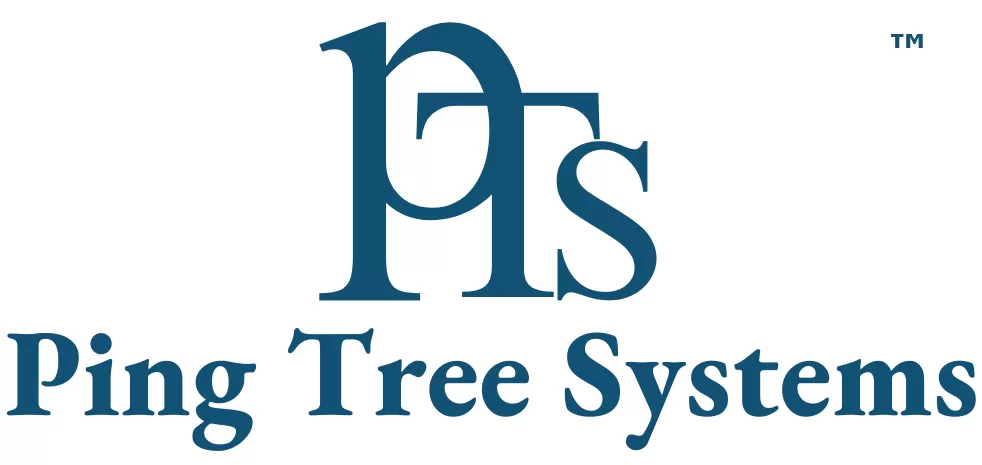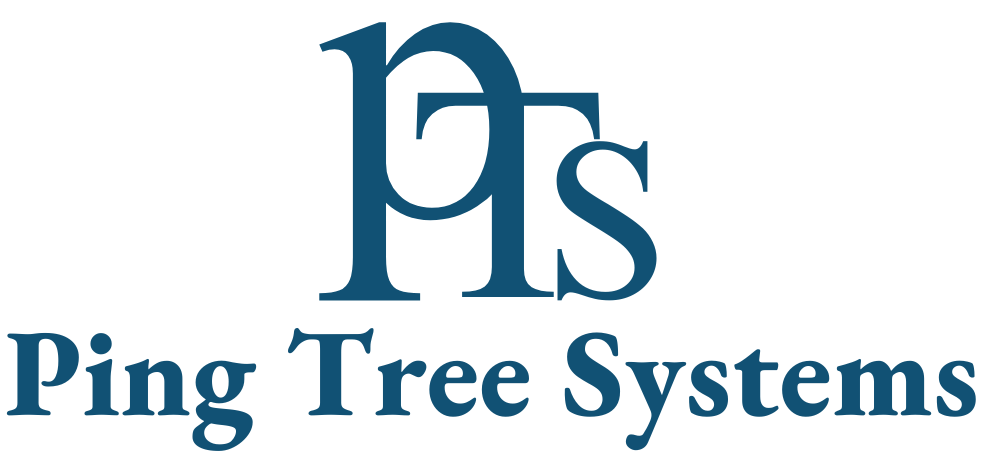In today’s competitive health insurance market, targeting the right demographics is key to maximizing lead generation and conversions. With a variety of health plans available and individuals across different age groups, income levels, and life circumstances, it’s essential to strategically reach the people who need health insurance the most. Whether you’re an agent, broker, or health insurance provider, understanding the best ways to target the right demographics can significantly boost your sales and help more people get the coverage they need. Using tools like the Ping Tree System and Ping Tree Software can streamline your lead distribution process, ensuring that you connect with the most relevant leads quickly and efficiently. These systems enhance your ability to target specific demographic groups, optimize your lead flow, and ultimately increase your conversion rates.
Identify Key Demographics for Health Insurance
The first step in targeting the right audience is to understand the core demographics that typically seek out health insurance. These can include:
- Young Adults (18-34 years old): Often in the market for their first health insurance plan, especially if they are aging off their parents’ insurance or entering the workforce.
- Families with Children: Families are generally looking for comprehensive health coverage to ensure the well-being of their children.
- Seniors (65 and older): As people approach retirement age, they often seek Medicare coverage or supplemental insurance plans.
- Self-Employed or Small Business Owners: Those without employer-sponsored coverage often turn to individual or family health plans.
- Low to Middle-Income Individuals: People who may qualify for subsidized health insurance plans through the Affordable Care Act (ACA) or state-based exchanges.
To effectively target these demographics, using tools like Ping Post Lead Distribution and Ping Post Lead Distribution Software can enhance your ability to efficiently route leads to the appropriate agents or providers. Lead Distribution Software helps ensure that the right leads are delivered to the right place at the right time, maximizing the chances of conversion and streamlining the entire lead management process.
Leverage Data Analytics and Insights
Advanced tools can help you analyze customer behavior, preferences, and location. Insights gained from this data can reveal patterns and trends that guide your marketing strategy.
For example:
- Age and income data can help you target young professionals or families with tailored messages about health insurance affordability.
- Data on medical conditions or previous insurance coverage can inform campaigns targeting individuals looking for more comprehensive or specialized plans.
Investing in tools such as health insurance leads generation platforms, Lead Distribution Software, or a Lead Distribution System can improve your understanding of potential leads and help refine your approach. These tools allow you to efficiently distribute leads to the most appropriate agents or providers, ensuring that the right messages reach the right people and increasing your chances of converting leads into customers. With Leads Distribution Software, you can streamline your process, improve lead management, and maximize the effectiveness of your marketing campaigns.
Segment Your Audience for More Effective Messaging
Once you’ve identified your key demographics, the next step is segmentation. By dividing your audience into smaller groups based on characteristics such as age, income, geographic location, and insurance needs, you can tailor your messages to each group more effectively.
For example:
- Millennials: Use digital channels like social media ads, email campaigns, and online webinars to educate them about affordable coverage options and the benefits of having health insurance.
- Baby Boomers and Seniors: Focus on more traditional channels like direct mail, phone calls, and seminars to educate them about Medicare options, prescription drug coverage, and how to transition to retirement health plans.
By segmenting your leads, you ensure that each demographic receives the most relevant information, improving the chances of converting them into customers.
Utilize Multi-Channel Marketing
Reaching your target demographic requires utilizing multiple marketing channels to create a broad and effective outreach strategy. Here are a few channels to consider:
-
Social Media: Platforms like Facebook, Instagram, and LinkedIn are ideal for targeting specific age groups and interests. For example, Facebook’s advertising platform allows you to target ads based on location, age, interests, and even health behaviors.
-
Content Marketing: Creating content such as blogs, videos, infographics, and webinars on the benefits of health insurance and specific plans can help you reach individuals who are actively searching for information. Optimize your content for search engines (SEO) to ensure it reaches the right audience.
-
Paid Search and Display Ads: Running Google Ads or display ads on relevant websites can help you capture leads when they are actively looking for insurance solutions.
-
Email Marketing: Nurture leads through targeted email campaigns offering personalized information and follow-up reminders about important dates, such as open enrollment periods.
-
Direct Mail and Telemarketing: These traditional marketing methods can still be highly effective, especially with seniors or other demographics who may not be as digitally active.
Highlight the Benefits That Appeal to Each Demographic
Understanding what appeals to each demographic is crucial in crafting your message. Tailor your benefits to the needs and concerns of each group:
- Young Adults: Emphasize affordability, flexibility, and coverage for preventive care, mental health services, and catastrophic health events.
- Families: Focus on comprehensive family plans, pediatric care, and coverage for maternity or family wellness services.
- Seniors: Highlight the value of Medicare and supplemental plans, as well as the importance of managing chronic health conditions in retirement.
- Self-Employed Professionals: Highlight the benefits of individual health plans that can be customized to suit their unique work situations.

